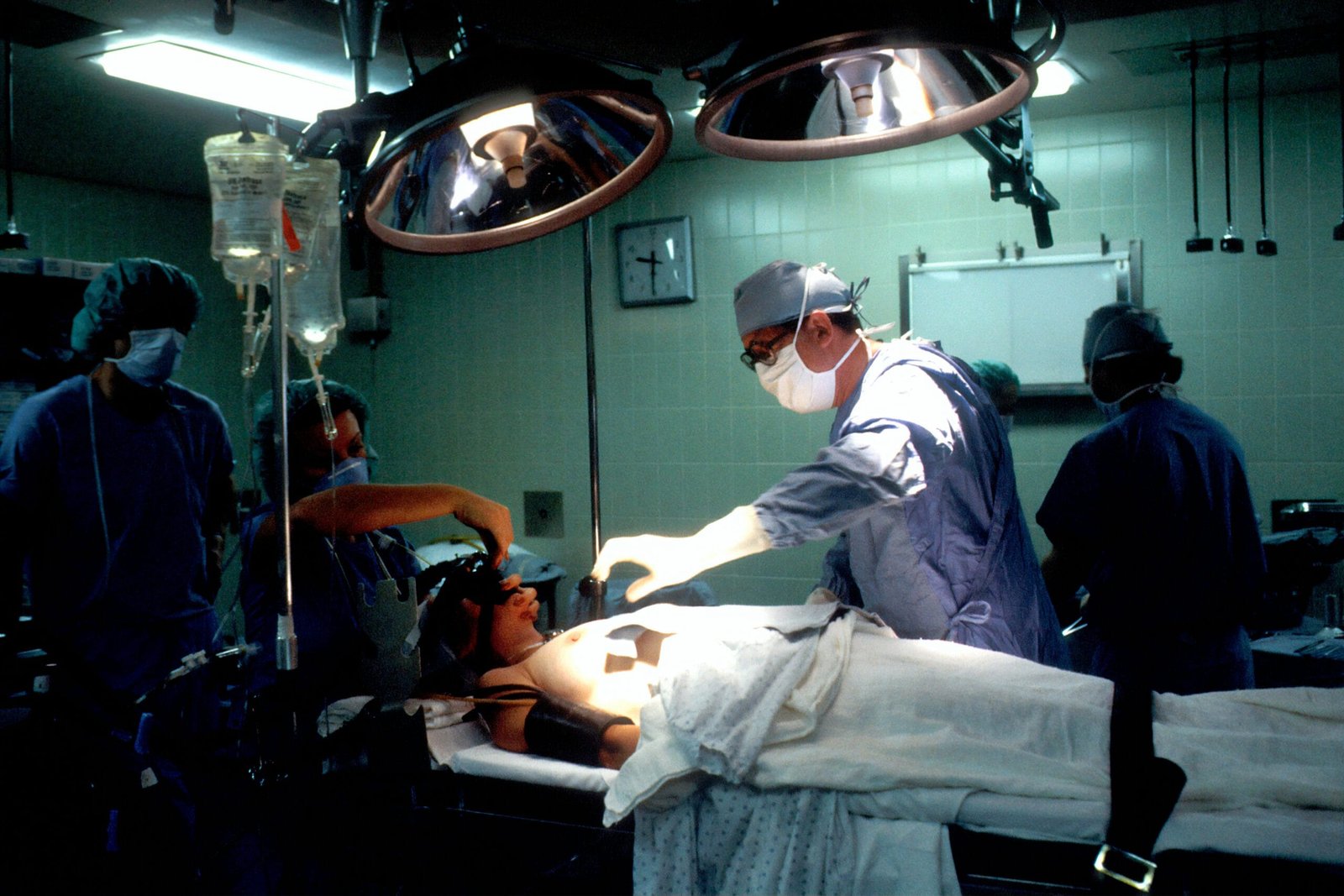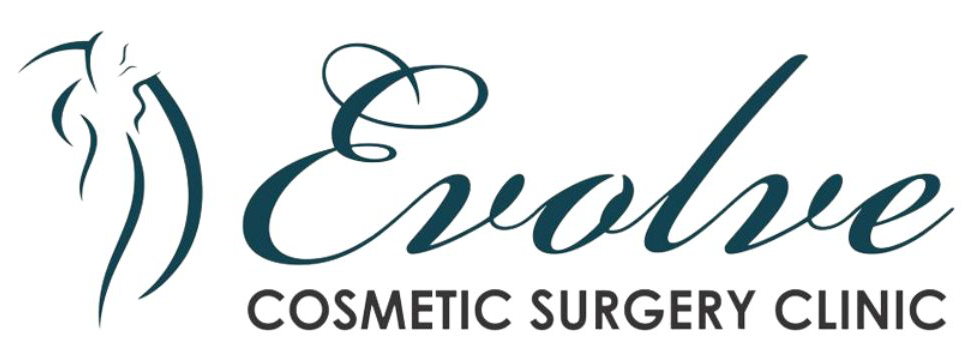
Blepharoplasty Surgery in Mumbai
Rediscover Your Confidence, Redefine Your Beauty., Consult with Celebrity Surgeon “Dr. Samir Ahire” Now.!
Benefits of Blepharoplasty Surgery:
- Youthful Appearance
- Improved Vision
- Refined Eye Contour
- Reduced Under-Eye Bags
- Natural and Rejuvenated Look
- Minimal Scarring
- Long-Lasting Results
Send Us Quick Enquiry
Blepharoplasty Surgery Informative Videos
FAQs (Frequently Asked Questions)
Blepharoplasty is a surgical procedure to correct issues with the eyelids, such as sagging skin, excess fat, and puffiness, typically in the upper or lower eyelids. It can improve both the appearance and function of the eyelids, making the eyes look more youthful and, in some cases, improving vision obstructed by drooping eyelids.
You are a good candidate if you have realistic expectations, are in good overall health, and experience issues like excess skin on the eyelids, bags under the eyes, or impaired vision due to sagging eyelids. Blepharoplasty is often recommended for those over 35 but can be performed on younger individuals with congenital eyelid issues.
Blepharoplasty can be performed on the:
- Upper eyelids: To remove excess skin and lift sagging eyelids that may impair vision.
- Lower eyelids: To remove or redistribute excess fat or skin and reduce under-eye bags or puffiness.
It can take several months for the full results of blepharoplasty to become visible, as swelling and bruising gradually subside.
Evolve Blogs

Top Insights on Breast Implant Surgery in Mumbai

Breast Implant Surgery in Mumbai













